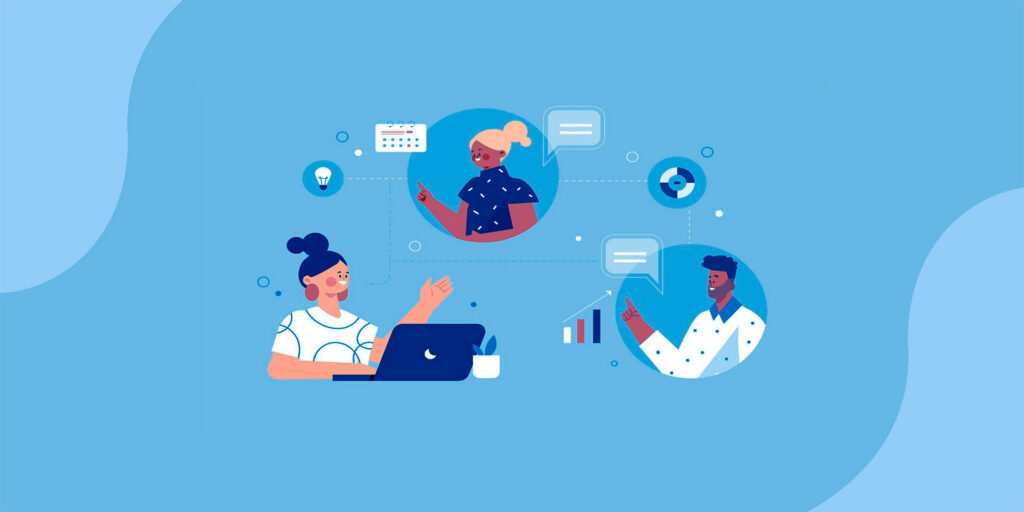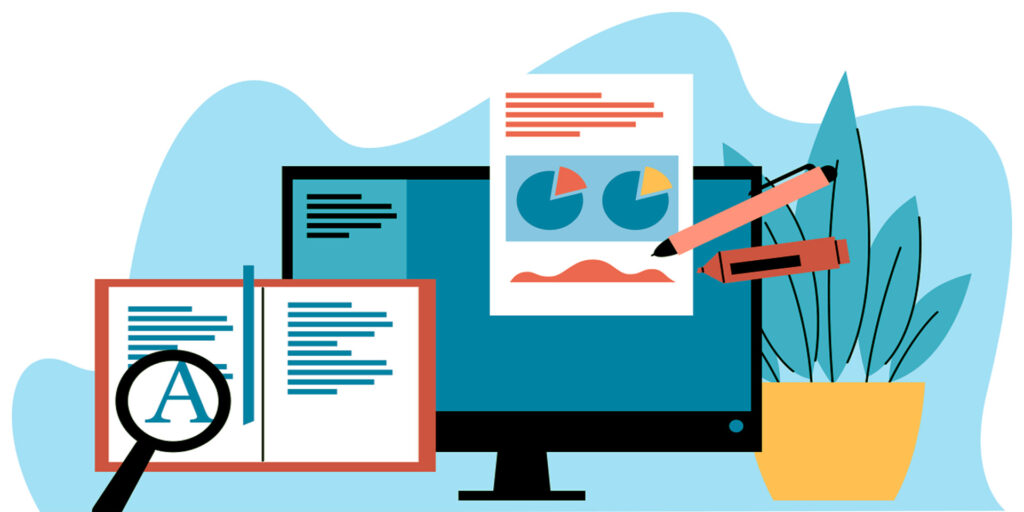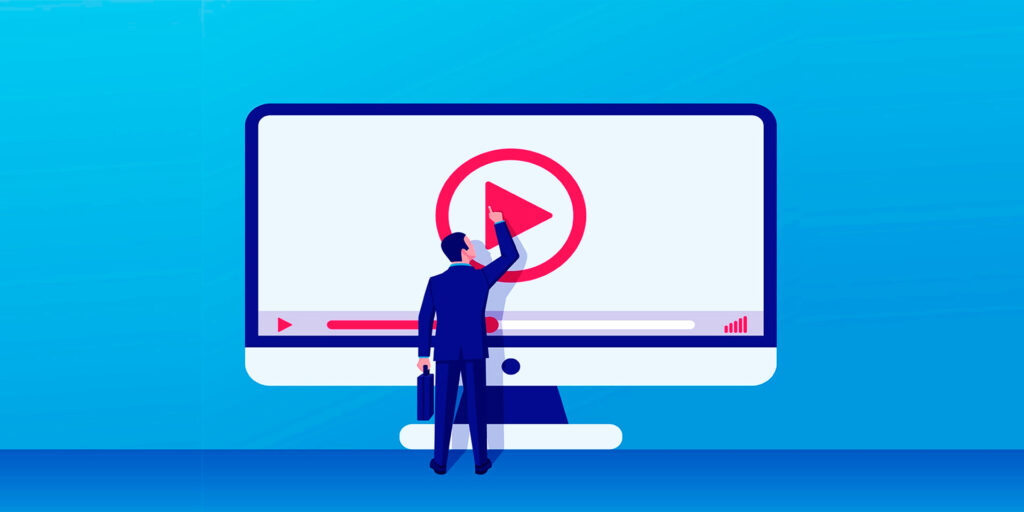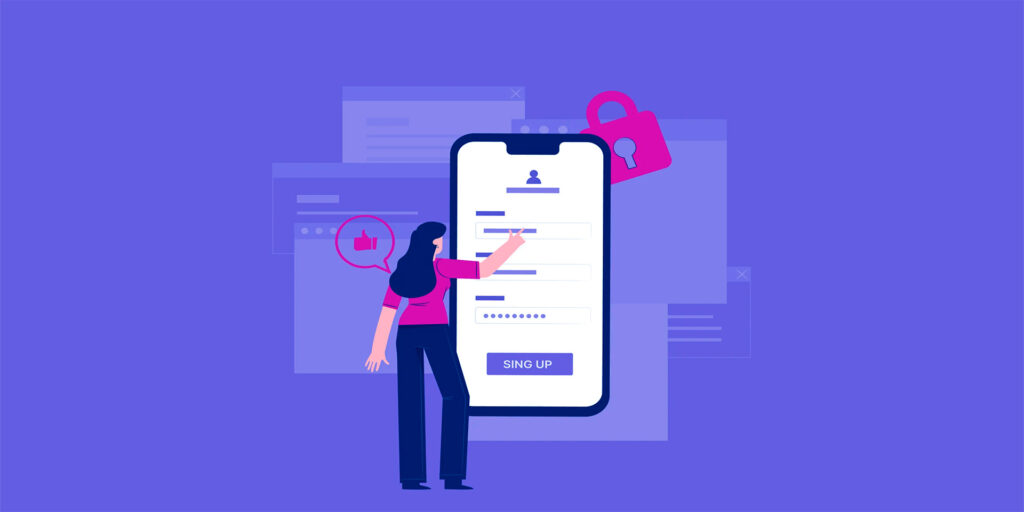Creating an effective sales funnel is essential for converting leads into customers and driving business growth in the competitive IT services market. A well-structured sales funnel guides potential clients through a journey, from initial awareness to the final purchase decision. This step-by-step guide outlines how to build a successful sales funnel for your IT services, detailing the different stages and strategies for each.
Understanding the Sales Funnel Stages
A sales funnel typically consists of four main stages: Awareness, Interest, Decision, and Action. Each stage requires specific strategies to move prospects closer to becoming customers. By understanding these stages and implementing targeted tactics, you can effectively guide potential clients through their buying journey, increasing the likelihood of conversion and customer retention. Each stage plays a crucial role in nurturing leads and ensuring they receive the right information and engagement at the right time.
Awareness Stage
The awareness stage is where potential clients first learn about your IT services. The goal is to attract and capture their attention. At this stage, prospects are not yet ready to buy but are seeking information to understand their problems better and find potential solutions. Your primary focus should be on creating valuable and informative content that addresses common pain points and interests of your target audience. By optimizing this content for search engines and promoting it through various channels, you can increase visibility and draw more traffic to your website.
- Content Marketing: Create valuable content such as blog posts, whitepapers, and eBooks that address common pain points in your industry. Optimize this content for SEO to increase visibility.
- Social Media Marketing: Share your content on social media platforms where your target audience is active. Engage with followers by responding to comments and participating in relevant discussions.
- Pay-Per-Click (PPC) Advertising: Use PPC ads on search engines and social media to drive traffic to your website. Target keywords and demographics that match your ideal client profile.
- Webinars and Online Events: Host webinars and online events to showcase your expertise and engage with a broader audience. This helps in building credibility and establishing a connection with potential clients.
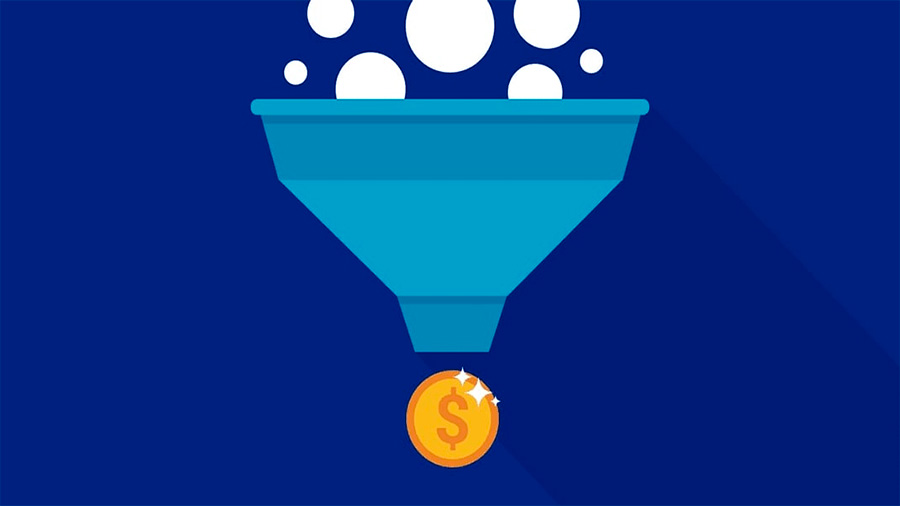
Interest Stage
In the interest stage, prospects engage with your content and show interest in your IT services. The goal is to nurture this interest and build a relationship. At this stage, prospects are looking for more detailed information about how your services can help them. Providing educational and informative content that delves deeper into their needs and your solutions is essential. This stage is about building trust and positioning your brand as a thought leader in the industry. Effective communication and personalized engagement are key to keeping prospects interested and moving them closer to a decision.
- Email Marketing: Capture leads by offering gated content, such as downloadable guides, in exchange for email addresses. Send targeted email campaigns to nurture these leads with relevant information and updates.
- Webinars and Workshops: Host webinars and workshops on topics relevant to your IT services. This positions you as an expert and provides value to your audience.
- Retargeting Ads: Use retargeting ads to stay top-of-mind with prospects who have visited your website but haven’t yet converted. These ads can encourage them to return and take the next step.
- Educational Content: Provide in-depth articles, videos, and tutorials that address the specific needs and challenges of your audience. This helps in building trust and positioning your brand as a thought leader.
Decision Stage
In the decision stage, prospects evaluate your IT services and compare them with other options. The goal is to persuade them that your services are the best solution to their needs. Prospects at this stage are considering making a purchase but need reassurance and detailed information to make an informed decision. Providing compelling case studies, testimonials, and clear service descriptions can help build confidence in your offerings. Offering free trials or demos can also be an effective way to demonstrate the value of your services and reduce perceived risks.
- Case Studies and Testimonials: Showcase success stories and testimonials from satisfied clients. This provides social proof and demonstrates the value of your services.
- Free Trials and Demos: Offer free trials or demos of your IT services. This allows prospects to experience the benefits firsthand and reduces the perceived risk of investing in your services.
- Detailed Service Descriptions: Provide comprehensive and clear descriptions of your services, including features, benefits, and pricing. Make it easy for prospects to understand how your services can solve their problems.
- Comparison Guides: Create guides that compare your services with competitors. Highlight the unique benefits and advantages that set your offerings apart.
Action Stage
In the action stage, the goal is to convert prospects into paying customers by encouraging them to take the final step. This stage is critical for closing the deal and turning leads into actual customers. Clear and compelling calls to action (CTAs), a simplified conversion process, and prompt follow-up can significantly increase conversion rates. Ensuring that the purchasing process is straightforward and user-friendly helps reduce any friction that might deter prospects from completing the transaction. Special offers and personalized follow-ups can also incentivize quick decision-making.
- Clear Call to Action (CTA): Use strong and clear CTAs on your website, emails, and ads. Examples include “Sign Up for a Free Trial,” “Request a Demo,” or “Get a Quote.”
- Simplified Conversion Process: Make the conversion process as simple and straightforward as possible. Ensure your website is user-friendly and that forms are easy to complete.
- Follow-Up: After a prospect takes action, follow up promptly with a personalized email or phone call. Address any questions or concerns they may have and guide them through the final steps of the purchasing process.
- Special Offers: Provide limited-time discounts, bonuses, or exclusive packages to incentivize quick decision-making.

Implementing and Optimizing Your Sales Funnel
Once you’ve established your sales funnel, it’s essential to continuously monitor and optimize it for better performance. Here are some tips for effective implementation and optimization:
Tracking and Analytics
Use analytics tools to track the performance of your sales funnel. Monitor key metrics such as website traffic, conversion rates, and lead quality. This data will help you identify areas for improvement and measure the success of your strategies. Tools like Google Analytics can provide insights into user behavior, helping you understand which parts of your funnel are working well and which need adjustment.
A/B Testing
Conduct A/B testing to determine which strategies and elements work best. Test different versions of your landing pages, CTAs, email subject lines, and ad creatives. Use the results to refine your approach and enhance your funnel’s effectiveness. Continuous testing and iteration are key to optimizing your funnel and improving conversion rates.
Personalization
Personalize your marketing efforts to better engage prospects. Use data and insights to tailor your content, emails, and offers to the specific needs and preferences of your audience. Personalized experiences can significantly increase conversion rates. Implementing personalized email campaigns and dynamic website content can create a more relevant and engaging user experience.
Lead Scoring
Implement a lead scoring system to prioritize high-quality leads. Assign scores based on factors such as engagement level, demographics, and behavior. Focus your efforts on leads with the highest potential to convert, ensuring your sales team spends their time effectively. This approach helps in managing your sales pipeline more efficiently and increases the chances of closing deals.
Continuous Improvement
Regularly review and update your sales funnel based on performance data and market trends. Stay informed about new marketing techniques and technologies that can enhance your funnel. Continuous improvement ensures that your sales funnel remains effective and competitive. Engage in regular training and keep abreast of industry best practices to continually refine your strategies.

